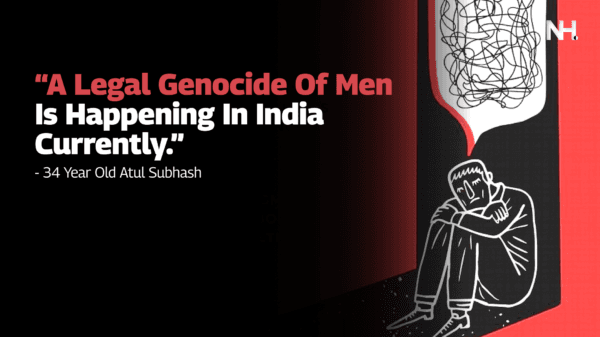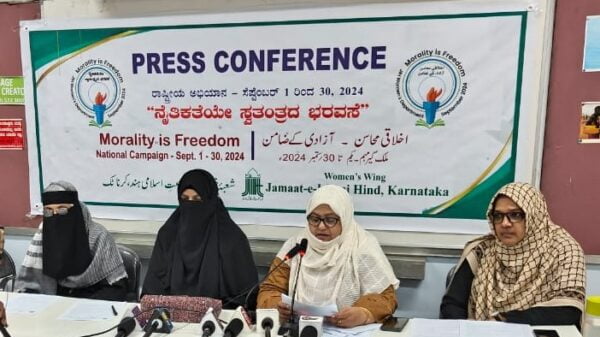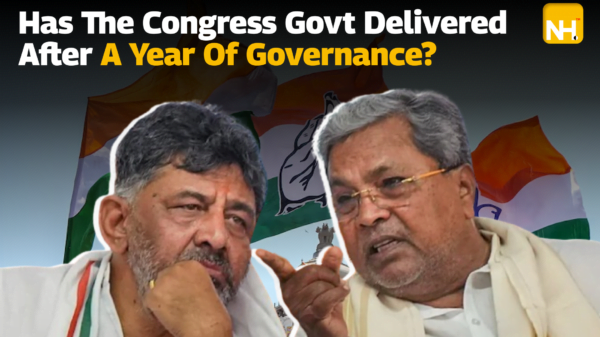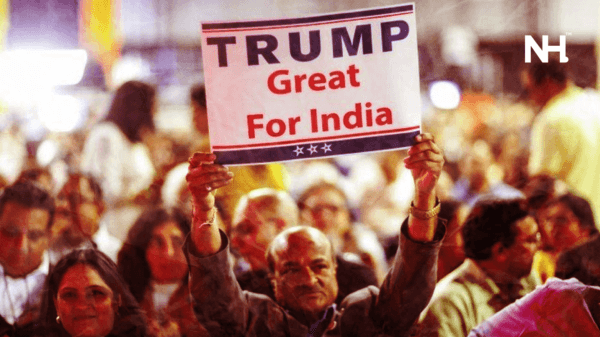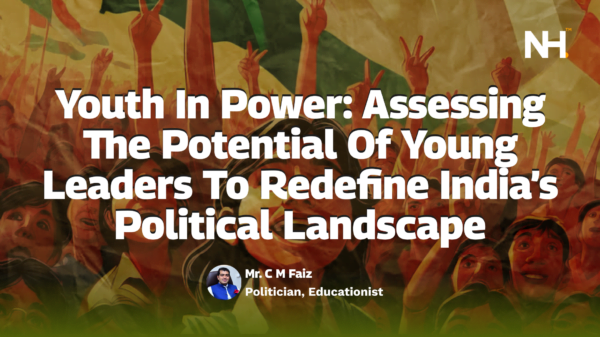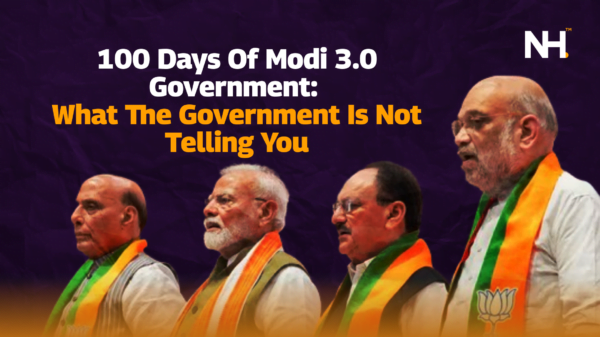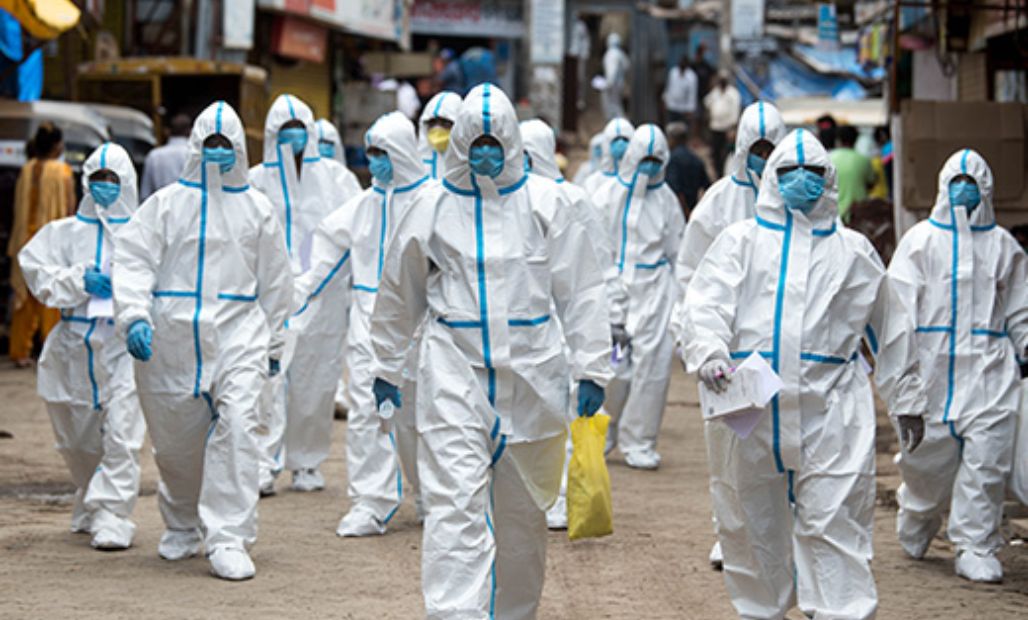By Parimal Wagh,
The Economic Survey 2022-23 reveals that the central and state governments’ budgeted expenditure on healthcare reached 2.1% of GDP in FY23 and 2.2% in FY22, up from 1.6% in FY21. However, it should be noted that this figure is low compared to that of other developing and developed countries. The World Health Organization (WHO) recommends that countries allocate at least 6% of their GDP to the sector to provide their citizens with a basic level of healthcare. To enhance access to healthcare for all citizens, the Indian government plans to raise healthcare spending to 2.5% of GDP by 2025.
India’s low healthcare spending results in significant drawbacks, such as insufficient healthcare infrastructure, inadequate healthcare workforce, limited access to necessary healthcare services, high out-of-pocket healthcare costs, and poor health outcomes. Overcoming these obstacles will require significant investments in healthcare infrastructure, workforce development, and healthcare regulations that prioritize the health and well-being of all citizens.

Credits – Statista
The ratio of healthcare spending to GDP in developing countries varies widely, depending on the nation and its economic situation. The WHO recommends a minimum of 6% of GDP, yet many developing nations allocate less than 5% of their GDP to healthcare, and some nations allocate less than 2%. This low healthcare spending can result in inadequate medical facilities, a shortage of medical personnel, and substandard medical outcomes.
Additionally, many citizens may not have access to basic healthcare services or may face significant financial burdens when seeking medical attention. Increasing healthcare spending can address these issues and improve access to care for all citizens. However, governments must also invest in healthcare infrastructure, workforce training, and healthcare policies that prioritize their citizens’ health and well-being. Healthcare spending alone is insufficient.
Credits – The Global Economy
High healthcare spending can result in significant advantages for individuals, communities, and entire nations, including better health outcomes, increased access to care, higher quality care, and beneficial economic effects. The United States, Switzerland, and Norway are among the nations that allocate a high percentage of their GDP to healthcare. These countries typically allocate over 10% of their GDP to healthcare, with the United States allocating the most at around 17%.
India’s ability to combat the COVID-19 pandemic has been significantly impeded by the country’s low healthcare spending. The effects of low healthcare spending on India’s response to COVID-19 include insufficient healthcare infrastructure, inadequate healthcare workforce, limited testing and contact tracing, and limited access to healthcare services. The healthcare crisis has resulted from a lack of hospital beds, oxygen supplies, and medical personnel, making it difficult to combat the pandemic. A shortage of trained healthcare workers, including doctors, nurses, and other healthcare professionals, has also hampered India’s capacity to respond to the pandemic. The shortage of healthcare professionals has resulted in burnout and an increased risk of infection for those on the front lines of the pandemic response.

Credits – Statista
Due to limited testing and contact tracing, it has become challenging to identify and isolate infected individuals, accelerating the virus’s rapid spread. Moreover, many people lack access to crucial medical services, such as COVID-19 testing and treatment, facilitating the virus’s spread and making it challenging to contain the pandemic.
In conclusion, India’s low healthcare spending has significantly impeded the nation’s capacity to combat the COVID-19 pandemic, creating a healthcare crisis and accelerating the virus’s spread. To overcome these obstacles, significant investments must be made in healthcare infrastructure, workforce development, and healthcare regulations that prioritize the health and well-being of all citizens.
(The writer is a Law student at Government Law College, Mumbai)

















